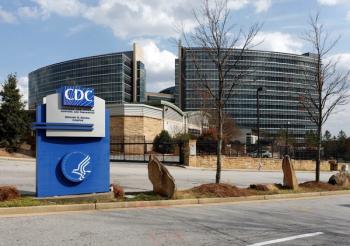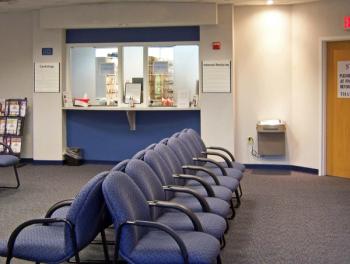
Why the free market isn’t a cure-all for healthcare
Peter Ubel, MD-an author, columnist, and Duke University professor-discusses several controversial topics, including whether physician salaries need to drop and whether the primary care shortage is real.
Peter Ubel, MD
It’s comforting to think that most healthcare problems in the U.S. could be solved by letting the power of an unregulated
It’s also wishful thinking and overly simplistic, according to
That's a sentiment that many of his fellow physicians would dismiss out-of-hand, so don’t let it be said that Ubel shies away from controversy.
In his writing, Ubel has explored whether physicians should
Ubel's
In the Q&A below, Ubel discusses his take some of the most pressing issues in primary care, health policy, and medicine.
Q: There seems to be a
Q: For the United States to get health costs under control, do you think it’s necessary to reduce the amount of money physicians make? A: If we control healthcare costs in the United States, lots of people are going to have to make much less money. Pharmaceutical companies. Device manufacturers. Hospitals. And, yes, physicians, especially highly paid procedural subspecialists. I’ll be quite upset if changes in the healthcare marketplace caused general pediatricians and family practitioners to make less money. But we cannot afford to continue to have our wonderful colleagues in orthopedic surgery, interventional cardiology, and the like make the kind of money they currently make. Right now, subspecialists in the United States often make two or three times as much money per year as their peers in Canada or Europe. In the long run, we need to reduce physician subspecialty income. To do that in an acceptable way, however, we also need to both reduce the cost of medical education and reform our malpractice system, so these reductions in income are not as painful.
Q: Why do you think the primary care shortage is overblown?A: Sometimes we focus too much on the primary care physician (PCP) shortage without paying attention to broader issues about what kind of primary care providers should be offering what types of primary care to which patients. We have to ask ourselves whether some less-demanding parts of primary care should be handled more often by nonphysicians. Take the way that anesthesiologists and nurse anesthetists work together, for example. One anesthesiologist can be in charge of several patients at a time, with the help of nurse anesthetists, who handle the less-challenging parts of the cases. The anesthesiologists are nearby, able to step in when needed. But by sharing patients with nurse anesthetists, the anesthesiologists are able to practice more efficiently.
Q: In what ways do you think the primary care landscape will look different in 20 years?A: Only a fool prognosticates in public! But I never said I wasn’t a fool. I have no crystal ball, but I hope that the role of PCPs expands over the next couple decades. I hope we more often manage large teams of allied health professionals, as well as better coordinate care for our patients in consultation with our subspecialty colleagues. Good primary care has potential to control healthcare costs while maintaining or improving healthcare quality.
Follow Medical Economics on
Related Content
Newsletter
Stay informed and empowered with Medical Economics enewsletter, delivering expert insights, financial strategies, practice management tips and technology trends — tailored for today’s physicians.















